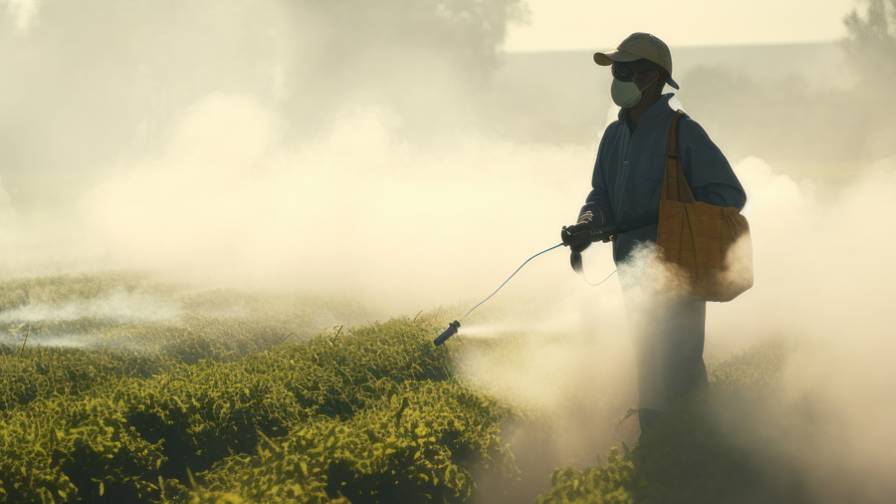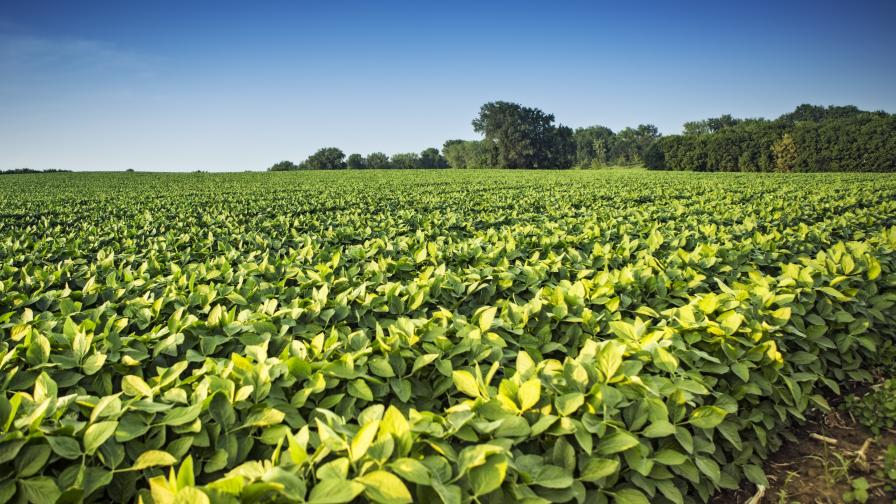Why the Agricultural Adjuvants Market Looks More Promising Than Ever
Agriculture adjuvants, the unsung heroes in the world of agrochemicals, are poised to play a pivotal role in transforming modern agriculture. These additives, designed to enhance the efficacy of pesticides, herbicides, fungicides, and other agricultural chemicals, are gaining significant traction in the global market. As the agricultural industry faces the dual challenge of increasing food production while minimizing environmental impact, the demand for advanced adjuvants is on the rise. This blog explores the current trends, market dynamics, and future outlook for the agriculture adjuvants market. The global agriculture adjuvants market is forecast to expand at a CAGR of 6.7% and thereby increase from a value of US$3.6 Bn in 2024, to US$5.6 Bn by the end of 2031 , according to Persistence Market Research.
Understanding Agriculture Adjuvants
Agriculture adjuvants are substances added to agrochemical formulations to improve their performance. These additives can enhance the spreading, sticking, and penetration of pesticides and other chemicals, thereby increasing their effectiveness. Adjuvants come in various forms, including surfactants, oils, compatibility agents, buffering agents, and drift control agents. By optimizing the delivery and action of agrochemicals, adjuvants help farmers achieve better pest control, weed management, and crop protection with reduced chemical usage.
Key Market Trends
Rising Demand for Food Security: The global population is expected to reach 9.7 billion by 2050, necessitating a significant increase in food production. Agriculture adjuvants play a crucial role in maximizing crop yields and improving food security by enhancing the efficiency of agrochemicals.
Sustainable Agriculture Practices: With growing concerns over environmental sustainability, there is a strong push towards reducing the environmental footprint of agriculture. Adjuvants help achieve this by enabling precise and efficient application of agrochemicals, minimizing runoff, and reducing the overall usage of chemicals.
Technological Advancements: The agriculture adjuvants market is witnessing continuous innovation, with the development of advanced formulations and delivery systems. New-generation adjuvants are designed to be more environmentally friendly, biodegradable, and compatible with a wide range of agrochemicals.
Integrated Pest Management (IPM): The adoption of IPM practices, which combine biological, cultural, and chemical methods for pest control, is driving the demand for adjuvants. These additives enhance the effectiveness of biopesticides and other non-chemical pest control methods, making them an integral part of IPM strategies.
Market Dynamics
The global agriculture adjuvants market is experiencing robust growth, driven by several factors:
Increased Adoption of Precision Farming: Precision farming techniques, which rely on data-driven approaches to optimize agricultural inputs, are fueling the demand for adjuvants. These additives ensure that agrochemicals are applied precisely where needed, reducing waste and enhancing crop productivity.
Regulatory Support: Governments and regulatory bodies worldwide are encouraging the use of adjuvants as part of sustainable agricultural practices. Supportive policies and regulations are promoting the adoption of adjuvants to improve crop protection and reduce environmental impact.
Growing Awareness Among Farmers: Farmers are increasingly recognizing the benefits of adjuvants in improving the performance of agrochemicals and achieving better crop yields. Awareness campaigns and educational initiatives by industry players are contributing to the rising adoption of adjuvants.
Future Outlook
The future of the agriculture adjuvants market looks promising, with several factors poised to drive its growth:
Innovation and R&D: Continued investment in research and development is expected to yield innovative adjuvant formulations with enhanced performance and environmental benefits. The development of bio-based and biodegradable adjuvants will be a key focus area.
Expansion in Emerging Markets: Emerging economies in Asia-Pacific, Latin America, and Africa present significant growth opportunities for the agriculture adjuvants market. Increasing agricultural activities, rising awareness, and supportive government initiatives in these regions will drive market expansion.
Collaborations and Partnerships: Collaboration between agrochemical companies, research institutions, and farmers will play a crucial role in advancing adjuvant technologies and promoting their widespread adoption.
Digital Agriculture: The integration of digital technologies, such as IoT, AI, and data analytics, in agriculture will further enhance the precision and effectiveness of adjuvants. Digital platforms can provide real-time insights and recommendations for optimal adjuvant usage, improving overall farm productivity.
Conclusion
The agriculture adjuvants market is set for a transformative journey, driven by the need for sustainable and efficient agricultural practices. As the global demand for food continues to rise, adjuvants will play a vital role in enhancing the performance of agrochemicals, reducing environmental impact, and ensuring food security. With ongoing innovation, regulatory support, and increasing awareness among farmers, the future of agriculture adjuvants looks bright, promising a more productive and sustainable agricultural landscape.
By embracing the potential of agriculture adjuvants, we can unlock new possibilities in crop protection, pest management, and overall farm productivity, paving the way for a greener and more prosperous future.





